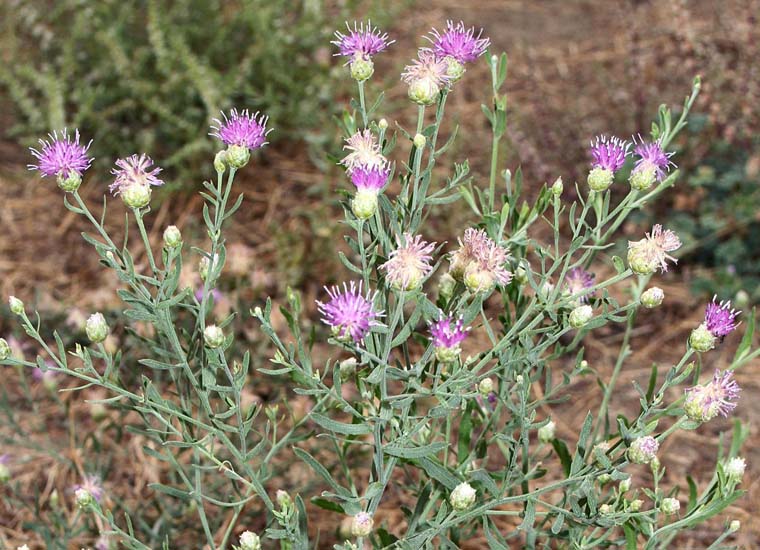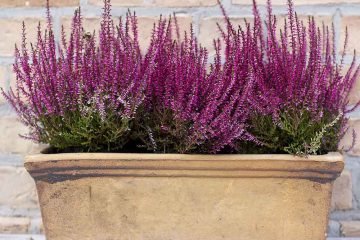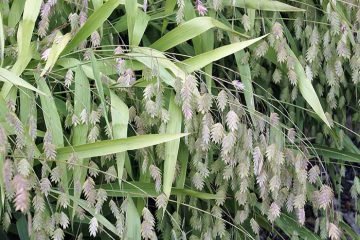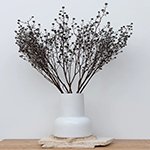rhaponticum repens
rhaponticum repens specifications
- Scientific name : Rhaponticum repens
- Order : Asterales
- Family : Asteraceae
- Tribe : Cardueae
- Genus : Leuzea
- Species : L. repens
Rhaponticum repens , synonyms including Acroptilon repens and Leuzea repens , with the common name Russian knapweed, is a bushy rhizomatous perennial, up to 80 cm tall. Stems and leaves are finely arachnoid-tomentose becoming glabrous and green with age. The rosette leaves are oblanceolate, pinnately lobed to entire, 2–3 cm wide by 3–8 cm long.
The lower cauline leaves are smaller, pinnately lobed; the upper leaves become much reduced, sessile, serrate to entire. The heads are numerous terminating the branches. Flowers are pink to purplish, the marginal ones not enlarged. The outer and middle involucral bracts are broad, striate, smooth with broadly rounded tips; the inner bracts are narrower with hairy tips. Pappus present with bristles 6–11 mm long. Fruit is a whitish, slightly ridged achene.
read more : Everything about yarrow flower : How to Plant & care for them

Russian knapweed is a deep-rooted long-lived perennial. Some stands have been in existence for 75 years. It forms dense colonies in cultivated fields, orchards, pastures, and roadsides.
A native to Eurasia, Russian knapweed was introduced into North America in the late 19th century. Absent only from southeastern U.S , it has become widespread in other regions, especially in the western United States.
Overview
-
Appearance
Rhaponticum repens is a perennial forb that can grow to 3 ft. (1 m) in height. Stems originate from a basal rosette of leaves. The rosette leaves can be unlobed to very lobed and are 2-4 in. (5-10 cm) long.
read more : Everything about chamomile : How to Plant & care for them
-
Foliage
Stem leaves are oblong, pinnately lobed to entire and up to 6 in. (15.2 cm) in length at the base of the stem and become smaller and less lobed toward the top.
-
Flowers
In summer to fall Rhaponticum repens produces flowers that are pink to purple and turn straw colored as they mature. The flower heads are approximately 0.5 in (1.2 cm) in diameter and urn shaped.
-
Fruit
Fruits (achenes) are ivory-colored with a tuft of hair that falls off at maturity.
Iran dried rhaponticum repens
In addition to its decorative aspect, dried rhaponticum repens flower has many applications in traditional medicine and pharmacy. The reasonable price of dried rhaponticum repens flowers has caused the purchase and sale of dried rhaponticum repens flowers for export to bring huge profits to the exporters and wholesalers of dried rhaponticum repens flowers.
read more : Drying natural flowers | Introducing 8 wonderful ways to dry flowers
Propagate the rhaponticum repens plant
Rhaponticum repens turns green in early spring, begins to bloom in May and June ( depending on the altitude of the region ) and continues to bloom during summer and autumn. Each flowering branch produces about 50 to 500 seeds. The seeds live in the soil for 2 to 3 years.
-
By seed
The seeds are heavy and not easily spread by wind. Most seeds fall within one metre of the parent plant. Seeds can move in hay, seed, grain and machinery. Water spreads the seeds along streams and irrigation channels. Grazing animals can eat the seeds which survive to pass through the gut. Seeds can stick to fur and fibres.
-
By plant parts
New plants grow from buds on the horizontal roots. Root fragments as small as 2.5 cm can become new plants. Cultivation equipment can spread root fragments. Livestock can pull plants from the ground and move the weed to new areas.
Notice : this article has been translated by google translate , if you have any questions or need more information Please contact us by writing a comment on this page



0 Comments